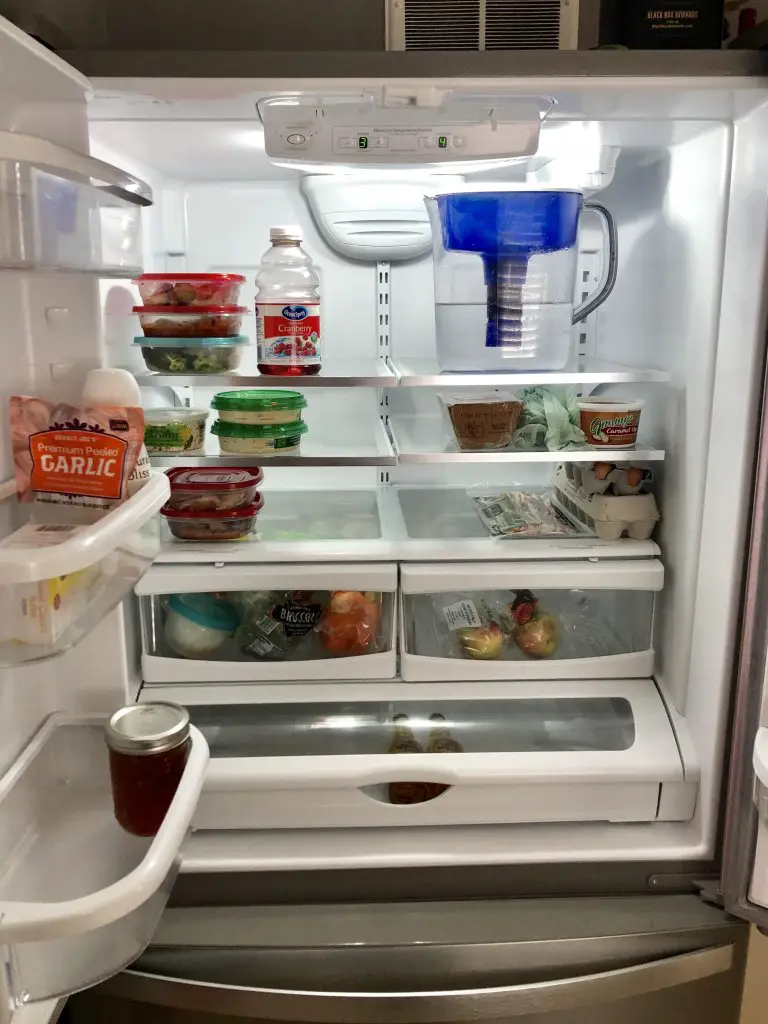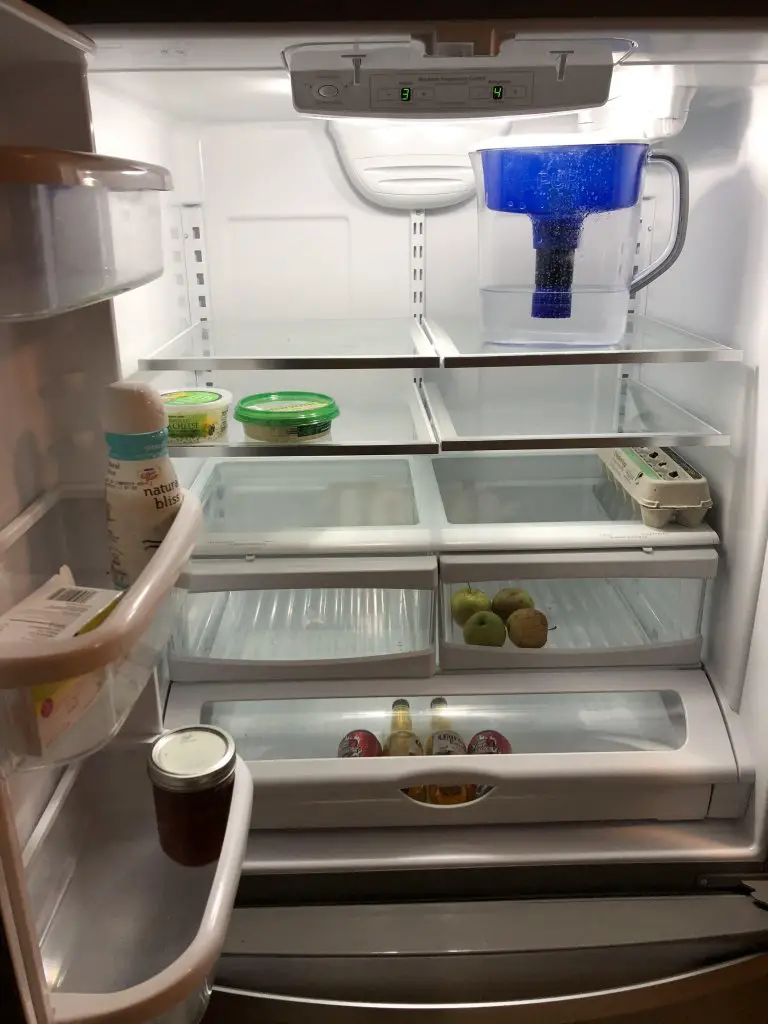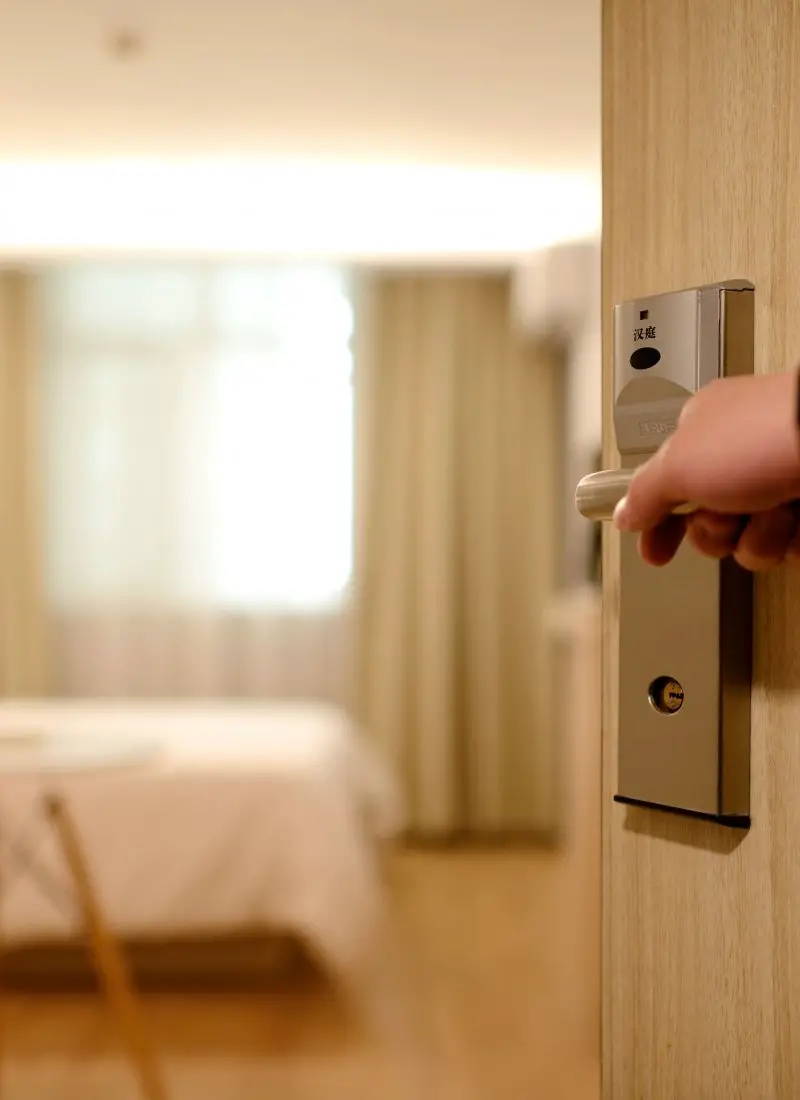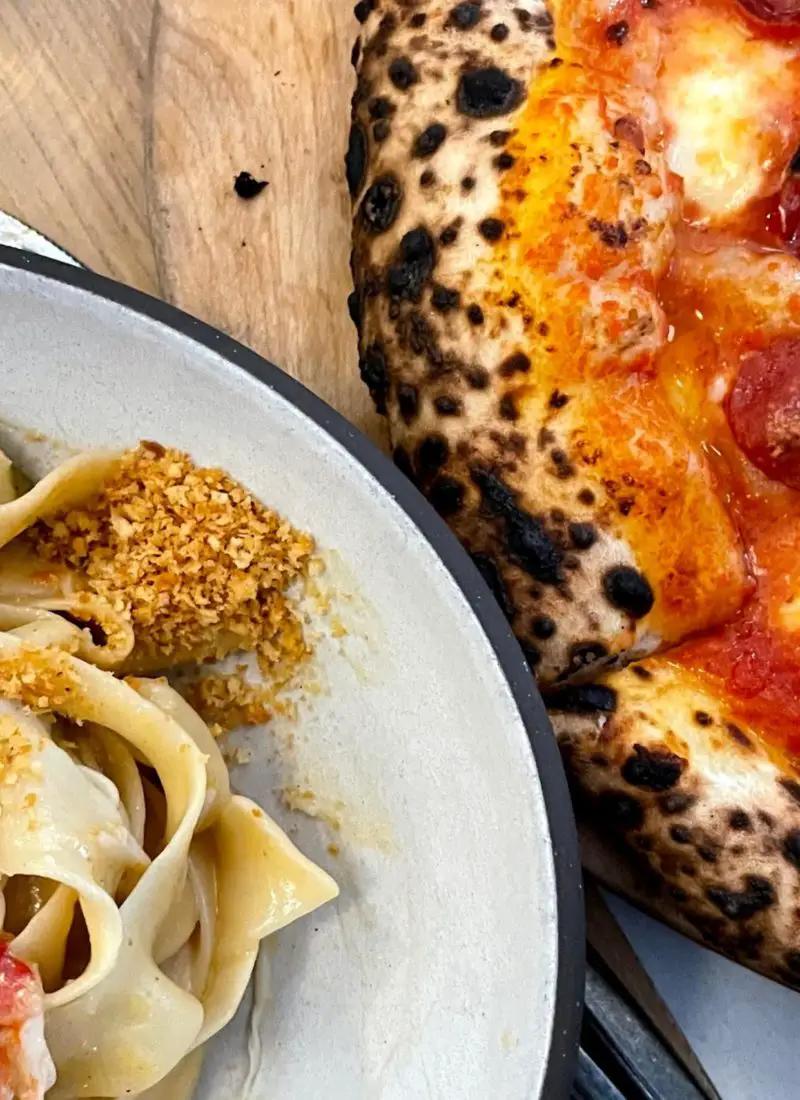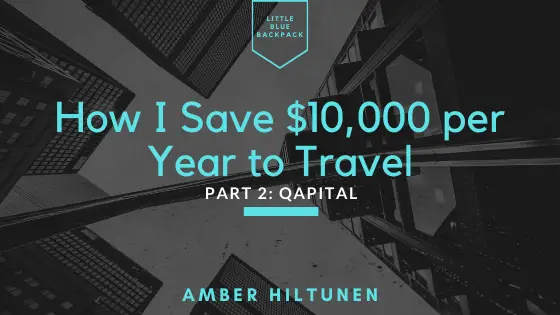In this save to travel blog series, I want to walk through how I afford a lifestyle that includes 10-12 trips per year. This is Part 3. And includes a bunch of money-saving hacks that you can use, starting today, to save to travel. Additional Parts are linked below; as the next parts of the save to travel series come out, they will be as well.
Vacation isn’t cheap. But it is fun, relaxing, and worth it. Traveling lives with you forever and doesn’t get thrown away. For me, it is a priority. The first two parts of this series are tools I use and the rest are rules I live by to make my lifestyle a reality.
PART 3: Avoid Unnecessary Expenses
PART 4: Rules of Transportation
OVERVIEW: How I Save $10,000 per year for Travel
Disclaimer: This is all based on travel as my top priority. I choose traveling over expensive restaurants and coffee and clothing. The purpose of this post is to show how I save to travel. It’s not to tell anyone to stop going out to eat if that’s what they value. Take out what works best for you.
PART 3: Avoid Unnecessary Expenses
How many times have you checked your checking account or credit card balance and thought what in the world did I buy? You think something must be off. But once you take a look through your transactions…yep, those were all you. As humans, we have emotions, impulses, and unconscious habits that cause us to make unnecessary purchases that we don’t even recognize. $5 here, $8 there, $22 for that cute shirt online—it’s on sale! Each amount on its own is “nothing,” but before we know it, we’ve spent hundreds more than we ever intended to. Every single month.
So. How do I avoid unnecessary expenses? To put it simply, I am aware of every single purchase I make, and each one is coming out of my budget. I check my account balance almost once a day and sit down for a half-hour every Friday morning to go through the week and determine what I have left for the next one. I hold myself accountable and if I didn’t budget to spend money on something, I don’t.
“Unnecessary expenses” are different for everyone. The key is acknowledging your small, impulsive (yet habitual) purchases, realizing their impact, and slowly making changes. In my last few years of budgeting, I figured out three key areas where I was spending way too much. From there, I determined ways to decrease my spending in order to travel more.
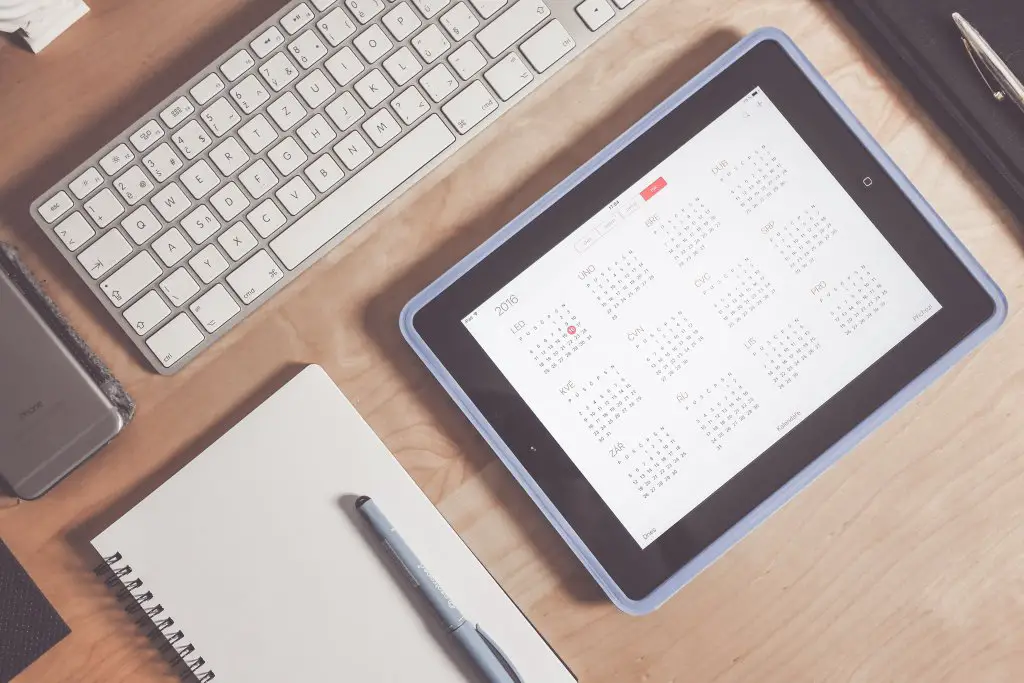
The Big Three
I know I’m not alone here. People tend to spend a lot of unnecessary money in these categories, and with time I’ve learned to consciously avoid it. And as you’ll see below, all those “tiny, no big deal purchases” add up to a good chunk of change.
GROCERY SHOPPING
I hate wasting food. Almost as much as I hate wasting money. So how do I avoid both? MEAL PLAN. Every Sunday, I get a game plan together for the week and determine what we will have for meals in advance. I draft out my grocery list, head to Trader Joe’s and buy EXACTLY what’s on the list. Wasted food is wasted money and if you’re doing it every week, believe me, it’s adding up.
To the left is my fridge come Sunday night. And to the right is my fridge come Friday night. You’d think I was a 22-year-old bachelor on Friday! But every time my week is perfectly planned and my fridge looks like that, I get warm fuzzy feelings. You can laugh. You should see people’s reactions when they open my fridge.
So…how can you save at the grocery store? Stick to the obvious tips such as ALWAYS having a shopping list, never shopping hungry, shopping in season, and taking advantage of sales. In addition, here are a few rules and hacks I’ve created for myself in order to save to travel.
GROCERY SHOPPING HACKS
- Make your meals work together: If I’m buying tortillas for tacos, I’ll plan something else like chicken wraps to make sure we use them all. Most ingredients go beyond one meal—take advantage.
- Limit—one new item per week: We all run into new items that look delicious (especially if you are a Trader Joe’s nut like me). Instead of buying everything you see, set a limit on one new thing and save the others for future weeks.
- Free Samples: Believe it or not, grocery stores know what they’re doing! Don’t buy the full version of the free sample unless it works with your plan. Save it until the next week. And if you forget, it wasn’t that good to begin with!
- Don’t walk down unnecessary aisles: I avoid the snack and bakery sections. I don’t need chips and crackers and cookies all screaming at me and tempting me with unnecessary expenses. If you need something in an area you avoid, get your blinders on, grab your one item and get the heck out of there.
- Eat your leftovers: I went through this weird phase where I hated leftovers. So dumb. Don’t throw away food. Take it for lunch. Save the money. The $12 salad you buy probably isn’t that good.
- Grow herbs and spices: I love my little basil and oregano plants. Not only is it cheaper in the long run, but the flavor is 10x better!
- Shop alone: This will make sticking to your list so much easier!
How much money am I actually saving? Let’s say every time I go to the grocery store I buy 3-5 items that aren’t on my list which is probably coming out to around $15. (If you don’t have a list at all—my guess is you go far beyond $15 in unnecessary items.) Then let’s say every week I throw out a variety of vegetables and leftovers which we will call another $5. That’s $20 a week on food I didn’t need in the first place. Every single week!
MONEY SAVED = $20 x 52 weeks = $1,040
P.S. That number is an entire trip! All because food purchased is food eaten!
RESTAURANTS, TAKE OUT & DELIVERY
Food. Again. It will bust a budget faster than just about anything. Going out to eat all the time, buying lunch and snacks every day, and frequently ordering pizza or stopping at Jimmy John’s is the fast track to financial stress.
To me, these are special treats. I go out to eat 2x per month on average, very rarely buy lunch, and order take out/delivery 3x per month. Do I enjoy these things? Of course. But do I value them enough to prioritize them over travel? Absolutely not.

Let’s say someone goes out to eat once a week for an appetizer and a meal + tip ($30). They buy their lunch and maybe a snack or drink every workday ($9 x 5 = $45). Plus, they stop somewhere like Chipotle or Jimmy John’s twice a week ($25). That’s $100. A week. And that’s not uncommon in today’s society. $100 x 4 weeks = $400 per month.
Instead, on a monthly basis, I go out for dinner twice and spend about $60 total (if you know me well…this is about food, not drinks lol separate line in the budget). I spend about $65 on homemade lunches and $25 on take-out or delivery. That’s $150 a month. Compared to the person above, I’m saving $250 per month.
MONEY SAVED = $250 x 12 months = $3,000 (!!!)
Spending too much on groceries and wasting food is one thing. Going out to eat is an entirely different ball-game. Be very careful here. If it’s something you value, great. Put it in your budget. But fully understand its impact. It may seem cheap at the time, but it isn’t. At all.
MONTHLY BILLS & SUBSCRIPTIONS
Do you know every single bill coming out of your account? Because you should. Do not get hit with deductions for services you never use. It’s such a common mistake that can save you a ton of money in the long run once it’s fixed.
In the last week of the month, I look at the upcoming month and write down when each bill is coming out of my account. (Remember, Automation is key when it comes to budgeting.) It helps me remember what I am paying for and reminds me to think about if it’s something I value. For bills that are “needs”, determine how you can reduce them. Shop around for car insurance, caulk your windows to lower your heat bill, reduce the loads of laundry you do. There are plenty of options that are worth it. Below is what I do and don’t value for myself when it comes to bills and subscriptions.
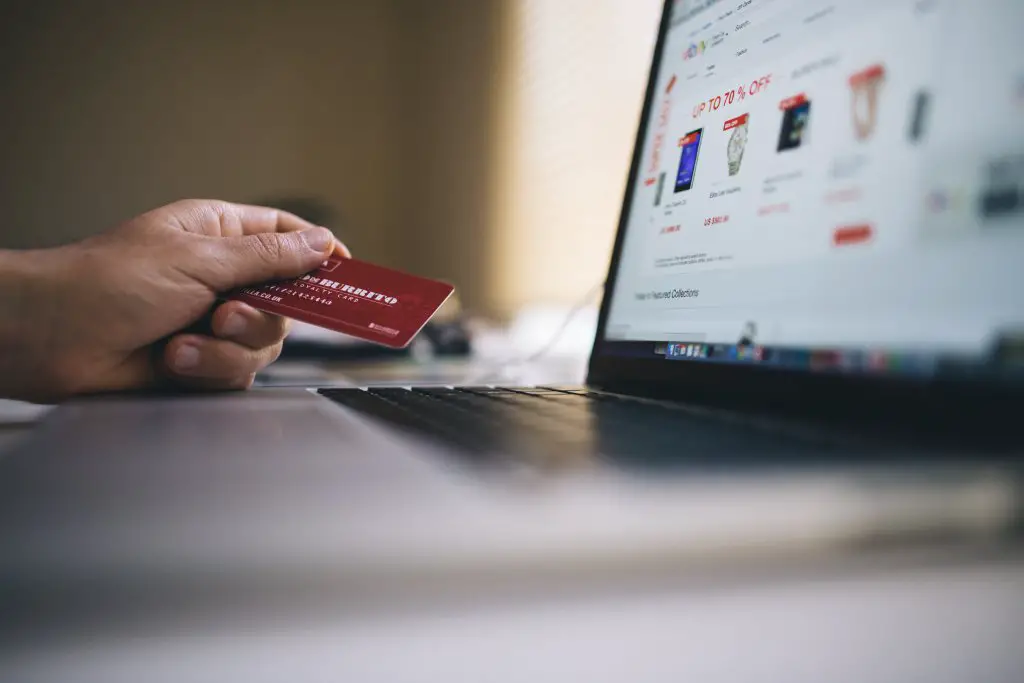
- Cable/Internet: I have one of the two. Internet. For TV, we use an antenna plus a Roku TV which we use for Netflix and additional services with family member logins. You don’t have to be a Millenial or a tech-wiz to cut the cord.
- Streaming Services: I have one. Netflix. Which I use daily. If you have 2+, determine if that is absolutely necessary.
- Gym membership: This is a perk of my job so I don’t need to spend money here. If you use your membership, awesome. If you don’t, be honest with yourself and move on from the expense. (Plus, take advantage of your work perks!)
- Insurance: I bundle home/auto to get the best rate possible. (Health insurance is something I know I need. It’s not technically in my budget because I only account for what comes in from my paychecks and that is taken out before it gets to me.)
- Premium Music: I still love the radio. It’s free! And the element of surprise makes your favorite songs even better. Pandora and YouTube are also free.
- Subscription Boxes: All the rage these days. If you value it, use it, and budget for it, great. I have one, Butcher Box, which delivers high-quality meat to my door at a great price. Other than that, not necessary for me.
- Credit Card Interest: Adding it into this category. But no. Pay in full. Always.
I won’t even use cable TV in my “what if” which is a major expense these days. But let’s say I added another streaming service at $10/month and a subscription box for $30/month.
MONEY SAVED = $40 x 12 months = $480
TOTAL SAVINGS (BIG 3): $1,040 + $3,000 + $480 = $4,520
OVER. FORTY. FIVE. HUNDRED. DOLLARS. Mostly due to being conscious about where my food is coming from. Do yourself a favor and do a quick audit in these three areas. Where can you be better? Start with a simple goal; I’ll start using a shopping list. I’ll only buy lunch once a week. I am going to cancel one streaming service for a month. From there, build on it. Your travel budgets will be going up in no time.
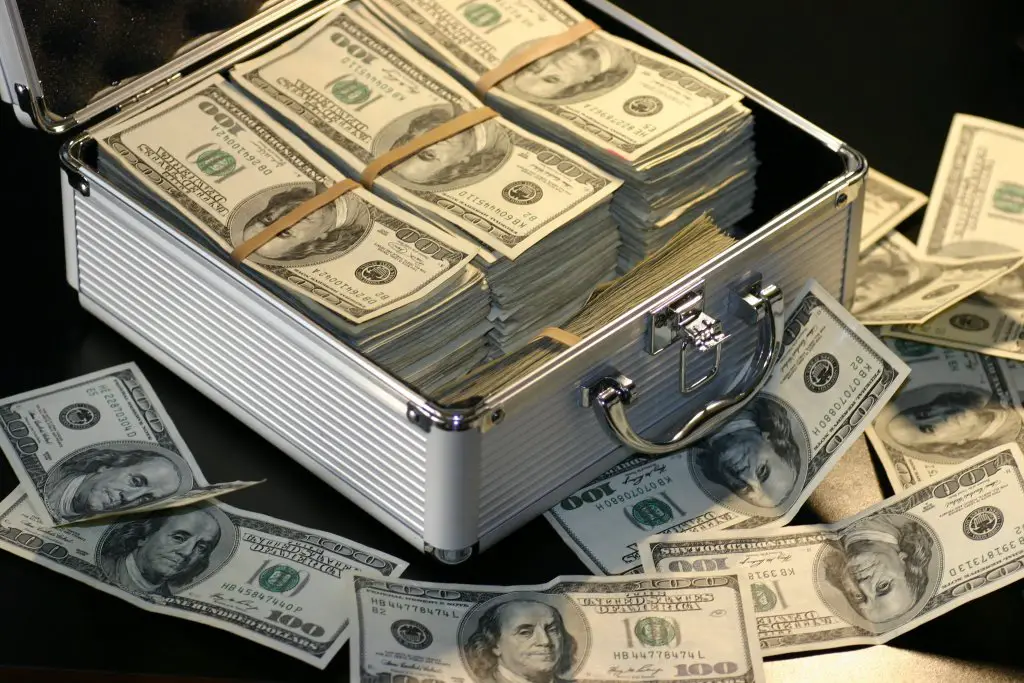
MORE MONEY SAVING HACKS
You know The Big 3. But that doesn’t cover everything. Here are more hacks I use to reduce my impulse buys and ensure I am following my travel-first budget.
- Check your bank account every single day. It’s so simple and keeps you hyper-aware of your activity and what’s going on. It may not seem necessary but trust me in that it’s an impactful habit to build. Not only will you not miss a beat, but you might think twice about an impulse buy.
- If you see something you want to buy, sleep on it. Don’t buy on a whim. Wait until the next day and if you’re still dying to have it, find a spot to take it out of your budget and do it. I’m not the fun police. (But more often than not, you can talk yourself out of it.)
- The 10-second Rule: Did you just pick something up off the rack? How about putting something into your online cart? Pause. Think for 10 seconds about why you’re buying it, if it holds value, and if you have the money.
- Quality is important. Buying the cheapest is not always best. You will buy 5+ pairs of cheap slippers during the time you’d comfortably wear a pair of Uggs.
- Download Honey: This is a browser extension that will automatically find coupons for you as you shop online. It’s completely free, easy to use, and applies codes throughout the Internet with a single click!
- Use the Library: Books are EXPENSIVE. Get a library card.
WHAT’S NEXT
Start with The Big 3! Have a plan at the grocery store, USE what you buy there, and cancel any unnecessary bills that you don’t value anymore. It’ll save you thousands. The save to travel series will continue with the next rule: Transportation.
